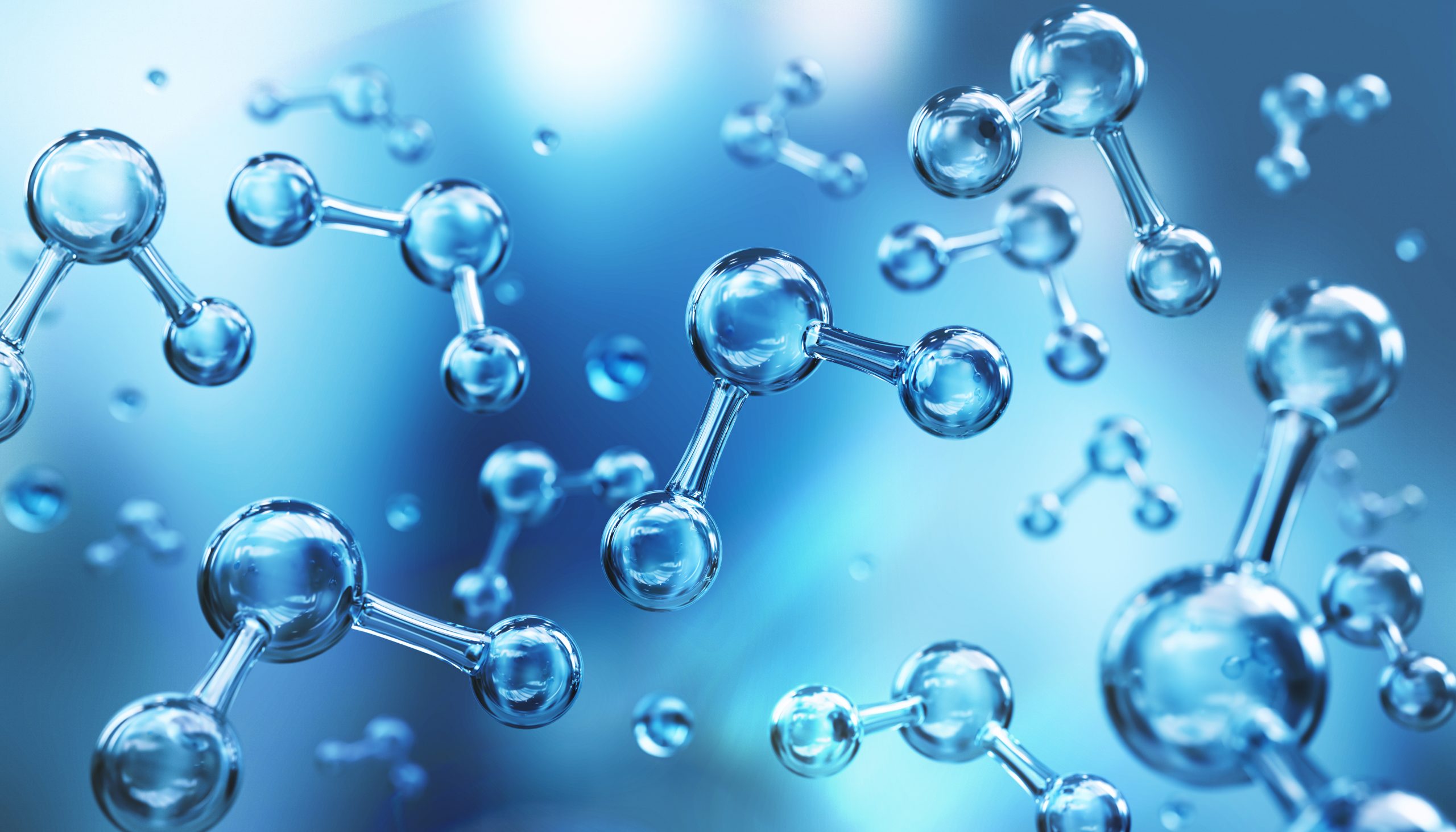What is Bioaccumulation?
Some aqueous film-forming foam (AFFF) has been manufactured with PFAS (polyfluoroalkyl substances) and PFOS (perfluorooctyl sulfonates). One of the major dangers of these chemicals is that they are bioaccumulating. But what is bioaccumulation? Bioaccumulation means the body absorbs the substance but doesn’t get rid of it. Rather than process out chemicals and toxins, the body holds on to them. When a person is exposed again, the body stores more of these chemicals. Over time these levels can be very dangerous since the body is building up these harmful chemicals. This puts fire fighters and military who have used AFFF across a long period of time at an even greater risk.

PFAs are often called “forever chemicals.” These chemicals don’t break down quickly or easily because of their carbon-fluorine bond. PFAs are extremely resistant to degradation and bind to proteins rather than build up in fatty tissues. Animal studies found that PFAS were not metabolized and instead distributed to the serum (blood), kidney, and liver. Human studies regarding half-lives of PFAs found them to be persistent and bioaccumulate in protein rich areas including blood, liver, kidneys, and bones. Short-chain PFAs were found in different areas including the lungs, kidneys, and brain.
References
https://www.epa.gov/sites/default/files/2016-01/documents/pfcs_action_plan1230_09.pdf
https://chemtrust.org/wp-content/uploads/PFAS_Brief_CHEMTrust_2019.pdf

Pingback: AFFF is Destroying Our Animals – Toxic Foam